
New Product | S55.T0S / K150 2-Axis Piezo Tip/Tilt Stage, 10kg Load Capacity!
Disturbed space environment is one of the main causes of satellite anomalies/failures. Satellite engineers should understand the impact of space environment and its effects on satellites, and analyze and study the correlation between satellite anomalies/faults and disturbed space environment, so as to incorporate the normative procedures of space environment engineering design into the technical process and planning process of satellite engineering design. To take relevant measures to limit or slow down the harm of the disturbed space environment to the satellite, CoreMorrow designed a 2-axis space disturbance simulation system to simulate the 2D space vibration.
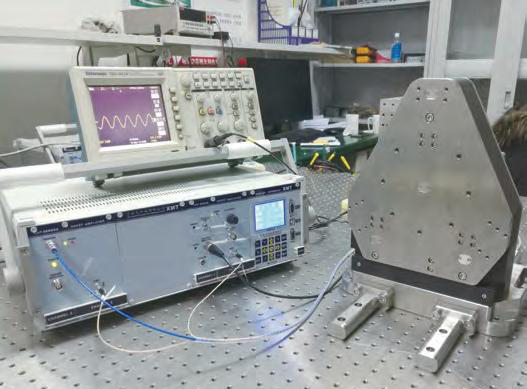
The main causes of satellite vibration include the uneven distribution of the earth's mass, the gravity of the sun, the moon and other stars, atmospheric drag, solar radiation pressure, thermal effect, harmonic excitation and so on.
Uneven distribution of the earth's mass: the earth is not a perfect sphere, but slightly elliptic, its uneven distribution of mass causes the gravity around the earth and other high places can not maintain constant, making the satellite in the ideal orbit wobble.
The gravitational pull of the Sun, Moon and other stars: The gravitational pull of other celestial bodies also affects the orbit of satellites, causing them to vibrate.
Atmospheric drag: Although the density of air in the satellite moving space is very low, the atmospheric drag will still have some effect on the satellite because the satellite is moving at a very fast speed, especially on the low-orbit satellite.
Solar radiation pressure: The radiation pressure of sunlight on satellites also has an effect on the orbit of satellites, especially in orbit close to the Earth.
Thermal effect: When the spacecraft enters the sunshine from the shadow area, the solar radiant heat flow will increase abruptly, causing unnecessary vibration, that is, the thermal vibration effect.
Harmonic excitation: Spacecraft may be subject to harmonic excitation under certain specific conditions, resulting in vibration.
These factors work together to cause the actual orbit of the satellite to deviate from the ideal orbit determined by Kepler's law, resulting in vibration phenomenon.
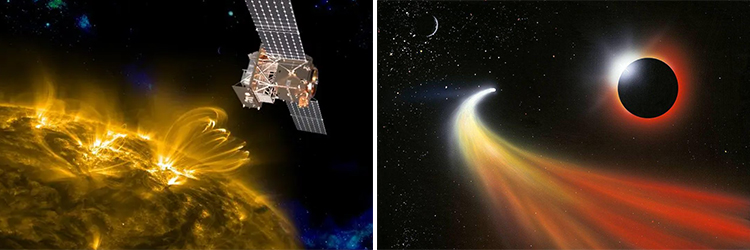
S55.T0S/K150 2-axis piezo tip/tilt stage is a new product designed by CoreMorrow, which is very suitable for simulating space disturbance experiments. It can achieve θx, θy 2-axis tilt with the angle up to ±0.16mrad/ axis and resolution up to 0.1μrad. Its horizontal mounting/vertical mounting/inverted mounting load capacity of are 10kg/8kg/8kg, suitable for large load applications. With an aperture of 150mm, it can also be used for optical path adjustment of large aperture lenses with load, such as scanning optics. The product is shown in the following figure.
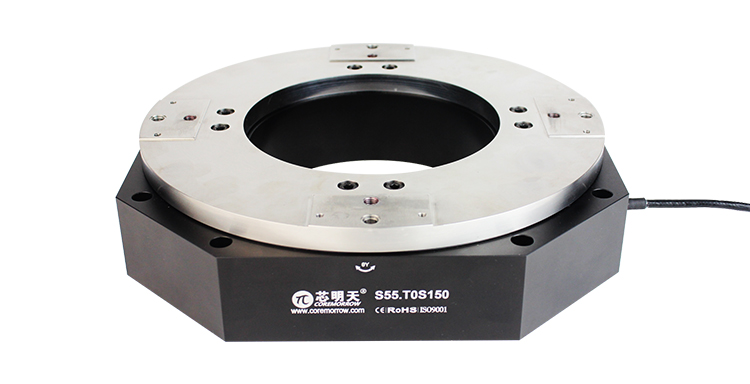
Characteristics
θx, θy deflection
Tilt angle up to ±0.16mrad/ axis
Optional horizontal mounting, vertical mounting or inverted mounting
Horizontal mounting load up to 10kg
φ150mm aperture
Vacuum version available
Application
Simulated space disturbance experiment
Beam scanning
Large load deflection motion
Interference/metrology
Technical Data
|
Model |
K- open loop |
S55.T0S/K150 |
|
Active axes |
|
|
|
Driving control |
3 driving channels, 2 sensing channels |
|
|
Tilt angle(0~120V) |
±0.13mrad/axis(≈±27sec.) |
|
|
Tilt angle(0~150V) |
±0.16mrad/axis(≈±33sec.) |
|
|
Sensor |
|
|
|
Aperture |
|
|
|
Closed loop/open loop Resolution |
0.25μrad(≈0.05sec)/0.1μrad(≈0.02sec) |
|
|
Closed loop Linearity |
|
|
|
Closed loop repeatability |
|
|
|
Unloaded resonant frequency |
|
|
|
Resonant frequency@10kg |
|
|
|
Unloaded step time |
|
|
|
Load capacity |
Horizontal |
|
|
Vertical |
|
|
|
Inverted |
|
|
|
El. capacitance |
32μF/axis |
|
|
Material |
Steel, Aluminum |
|
|
Mass |
9.8(including cable) |
|
Recommended Controller
E70 Piezo Controller
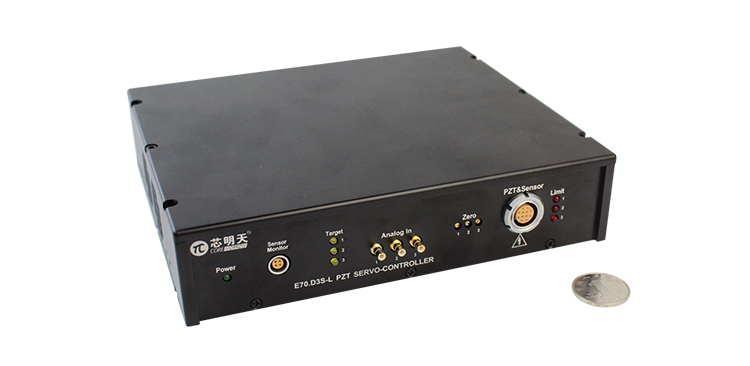
E80.D3S-O Piezo Controller
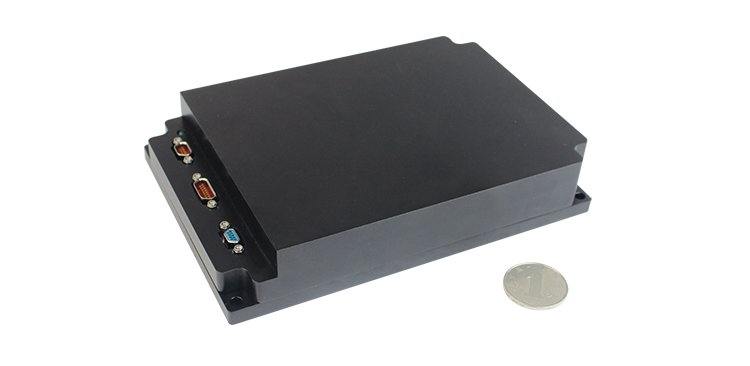
- Previous article:Macro & Micro 2-Axis Deflection Mirror Mount -N82K16T25
- Next article:New Product | N91.XYZTR4K 6-Axis Piezo Screw Motion Platform


